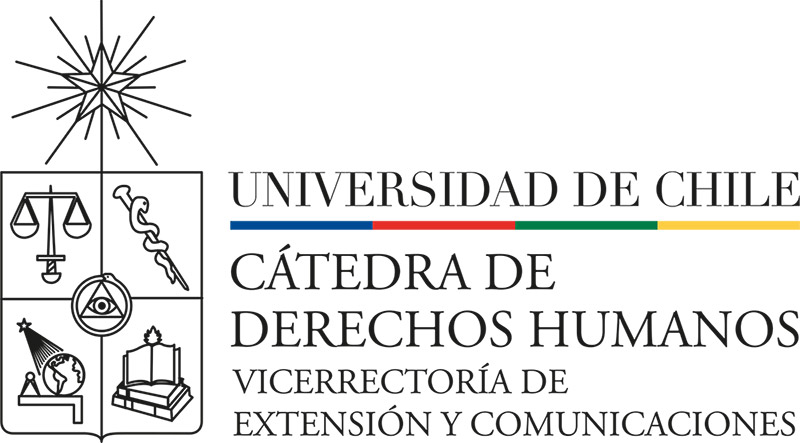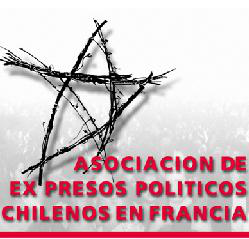 Cantos Cautivos
Cantos Cautivos
455 results where found for «Zamba so as Not to Die»
How We Resemble Each Other (En qué nos parecemos)
Music piece by:
Unknown. Popularised by Quilapayún
Testimony by:
Luis Cifuentes Seves
Experience in:
Campamento de Prisioneros, Estadio Nacional, September - November 1973
Tags:
I Can Trust the Lord (Puedo confiar en el Señor)
Music piece by:
Unknown
Testimony by:
Sigifredo Ramos Vásquez
Experience in:
Cárcel de Temuco, September - December 1973
Tags:
Ode to Joy (Himno a la alegría)
Music piece by:
original by Friedrich von Schiller (lyrics) and Ludwig van Beethoven (music). Free version in Spanish by Amado Regueiro Rodríguez, aka Orbe (lyrics) y Waldo de los Ríos (music), popularised in Chile by Miguel Ríos.
Testimony by:
Luis Madariaga
Experience in:
Cárcel de Valparaíso, 1974 - 1976
Tags:
From the Poplars I have Come, Mother (De los álamos vengo, madre)
Music piece by:
Juan Vásquez
Testimony by:
Luis Cifuentes Seves
Experience in:
Campamento de Prisioneros Chacabuco, November 1973 - February 1974
Tags:
Casida of the Dark Pigeons (Casida de las palomas oscuras)
Music piece by:
Federico García Lorca (words), Paco Ibáñez (music)
Testimony by:
Luis Alfredo Muñoz González
Experience in:
Campamento de Prisioneros Cuatro Álamos, February - March 1975
Tags:
Music piece by:
Ángel Parra
Testimony by:
Luis Cifuentes Seves
Experience in:
Campamento de Prisioneros Chacabuco, November – December 1973
Tags:
Music piece by:
Violeta Parra
Testimony by:
Paicavi Painemal
Experience in:
Cárcel de Temuco, 1985
Tags:
Music piece by:
Eugène Pottier (lyrics) and Pierre Degeyter (music). Popularised by Quilapayún in Chile in the 1970s.
Testimony by:
Ana María Jiménez
Experience in:
Villa Grimaldi, April 1975
Tags:
Music piece by:
Manuel M. Ponce
Testimony by:
Beatriz Bataszew Contreras
Experience in:
Campamento de Prisioneros, Tres Álamos, December 1974 - May 1976
Tags:
The Great Gigi L’amoroso (Gigi el amoroso)
Music piece by:
Jacqueline Misrahi, Lana Sebastian and Paul Sebastian. Popularised by Dalida in various languages: Italian ('Gigi L’amoroso'), Spanish ('Gigi el amoroso'), French ('Gigi l'amour'), English ('The Great Gigi l’amoroso'), German ('Gigi der Geliebte') and Japanese ('Ai suru Jiji').
Testimony by:
Eduardo René Cuevas
Experience in:
Regimiento de Infantería Reforzada Nº 3, Los Ángeles (nowadays Regimiento de Infantería Nº 17), October - November 1973








